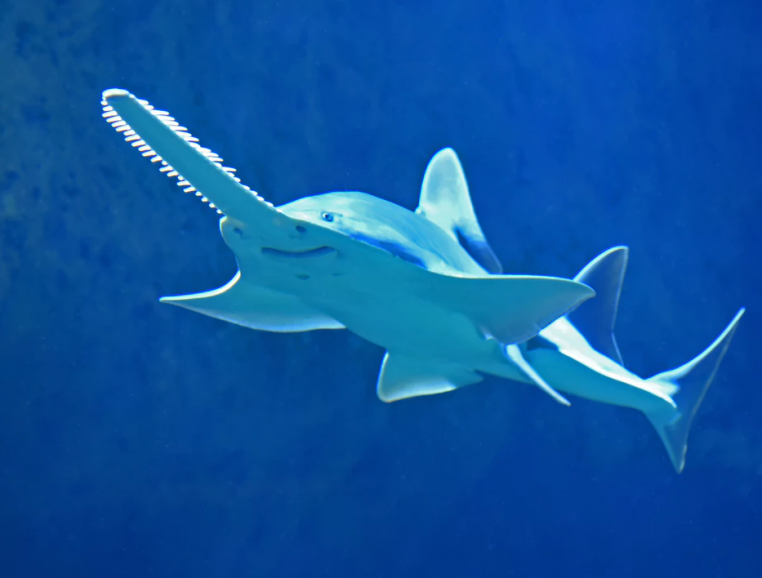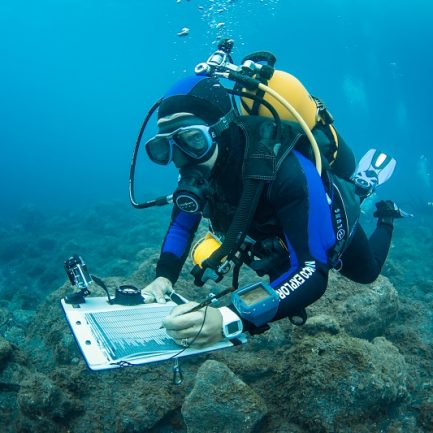THE SHARKS
Threatening or threatened?
- Home
- Actualités
- Sharks
Sharks: from myth to reality
The mention of the animal is still frightening and very unpopular. A person who is ruthless in business is often referred to as a “shark”! However, beyond the mythical image of the shark, the reality is quite different.
Overcome your prejudices about sharks !
In 2013, the Oceanographic Institute’s ” Sharks, Beyond the Misunderstanding”program aimed to change the way people look at sharks. Conferences at the Maison des océans in Paris gave the public the opportunity to talk with leading specialists and shark lovers who came to talk about their exceptional experience of living close to these great predators.
The book ” Sharks, beyond the misunderstanding ” takes stock of these super predators with a terrible reputation.
The ecology of sharks: remarkably adaptable
A fin suddenly breaks the surface before diving as a bather approaches… This is a sight that is enough to empty the most crowded beach in a few seconds. A representation engraved in our imagination, which crystallizes all our fears.
Always on the lookout for prey that will have little chance of escaping their vigilance, outrunning them or resisting their impressive jaws, sharks have the reputation of being the most ferocious of marine animals, and man’s “best enemy”.
The image of the super-predator has haunted us for centuries. The cinema as well as the media are there to terrorize even the most marine among us. The reality is not so caricatured. These fish, much less dangerous than we think, are no less fascinating.
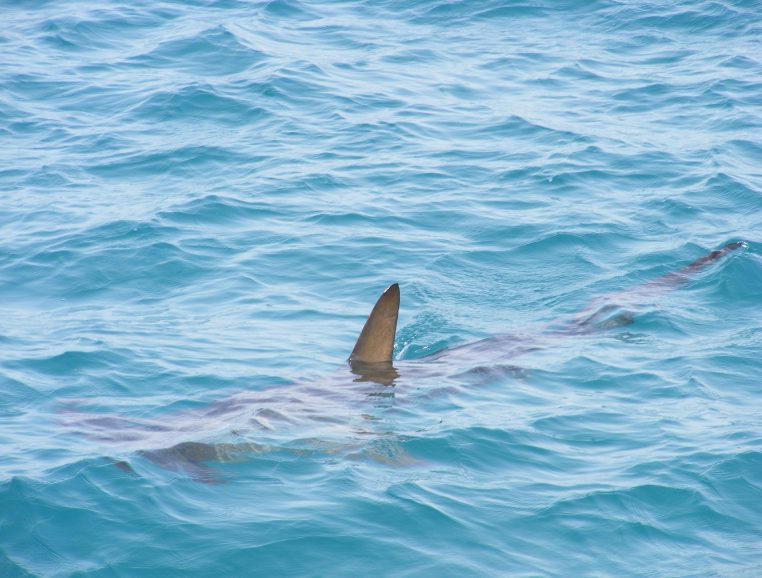
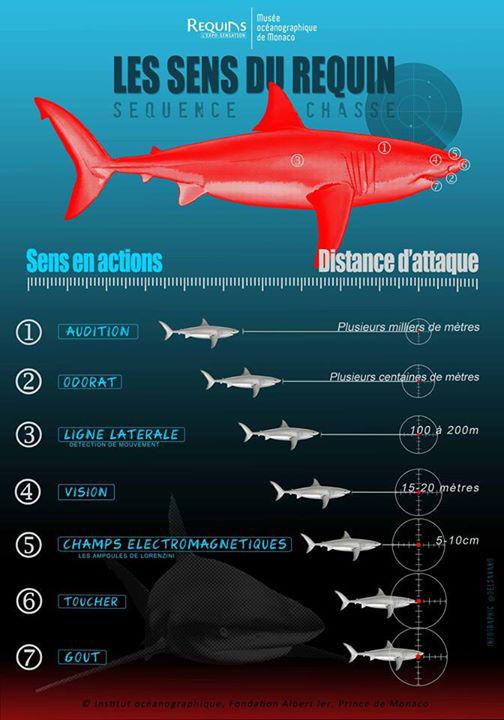
Shark attacks: leaving your preconceptions behind
To detect prey, the shark is equipped with a number of organs and sensory sensors that allow it to orient itself and move, making it an efficient predator.
It is not one sense in particular that gives the shark the advantage, but rather the complementarity and synergy between them all. Depending on the environmental conditions, they will be useful at different times.
The sense of smell is effective over a few tens of kilometres, to detect prey at a distance; vision allows the preparation of an attack over a few tens of metres, and the detection of electric fields allows the exploration of the surroundings within a radius of two metres.
The super powers of sharks
Do sharks have ears?
Do sharks have good eyesight?
Sharks do not have ears as such, but pores on the top of the head.
In the absence of an eardrum, the whole body acts as a receiver of sound vibrations which are then transmitted to the inner ear.
The latter is particularly powerful and governs not only hearing but also balance and orientation.
Sharks are sensitive to low, or even very low, frequencies, which propagate best in an aqueous environment.
Often hampered by the turbidity of the water, sight is perhaps the sense least used by sharks in searching for and detecting prey.
In general, it is the contrasts that they distinguish particularly by twilight vision.
The glow that can be seen in the eyes of the great white at dusk or in semi-darkness is due to the presence of a kind of reflector, the tapetum lucidum (Latin for “shiny carpet”) which improves vision in low light.
The sense of smell, a very powerful sense
The ampoules of Lorenzini
The sharks smell “in stereo” and detect where the smell is coming from, and trace it back to its source for about ten kilometres. They are sensitive to dilutions, for blood, of the order of one centilitre (the value of a thimble) diluted in 100,000 litres of water.
These are tiny pores scattered around the eyes and mouth, which detect the weak electrical currents produced by living things (even those buried in the sand), as well as variations in water temperature and salinity.
The sensation of touch in sharks
The lateral system, a specific sensor
The highly developed sense of touch is similar to a kind of “skin taste” made possible by the presence of sensory crypts all over the body. These receptors, distributed throughout the body, allow the shark to appreciate the environment in which it is moving.
A simple touch is enough to tell the shark if the prey it is considering is suitable. That’s why he sometimes just shoves without biting.
The strength of the animal and the roughness of the skin make this contact dangerous.
But it also has a “real” taste, via the taste buds, also called “barrel organs”, which line its oral cavity
Sharks do not perceive their prey by smell alone.
Like other fish, they have thousands of pores along a line from head to tail that are sensors for pressure and mechanical vibrations.
The presence of these organs explains why sharks react so immediately to sounds produced in the water by blows or colliding objects.
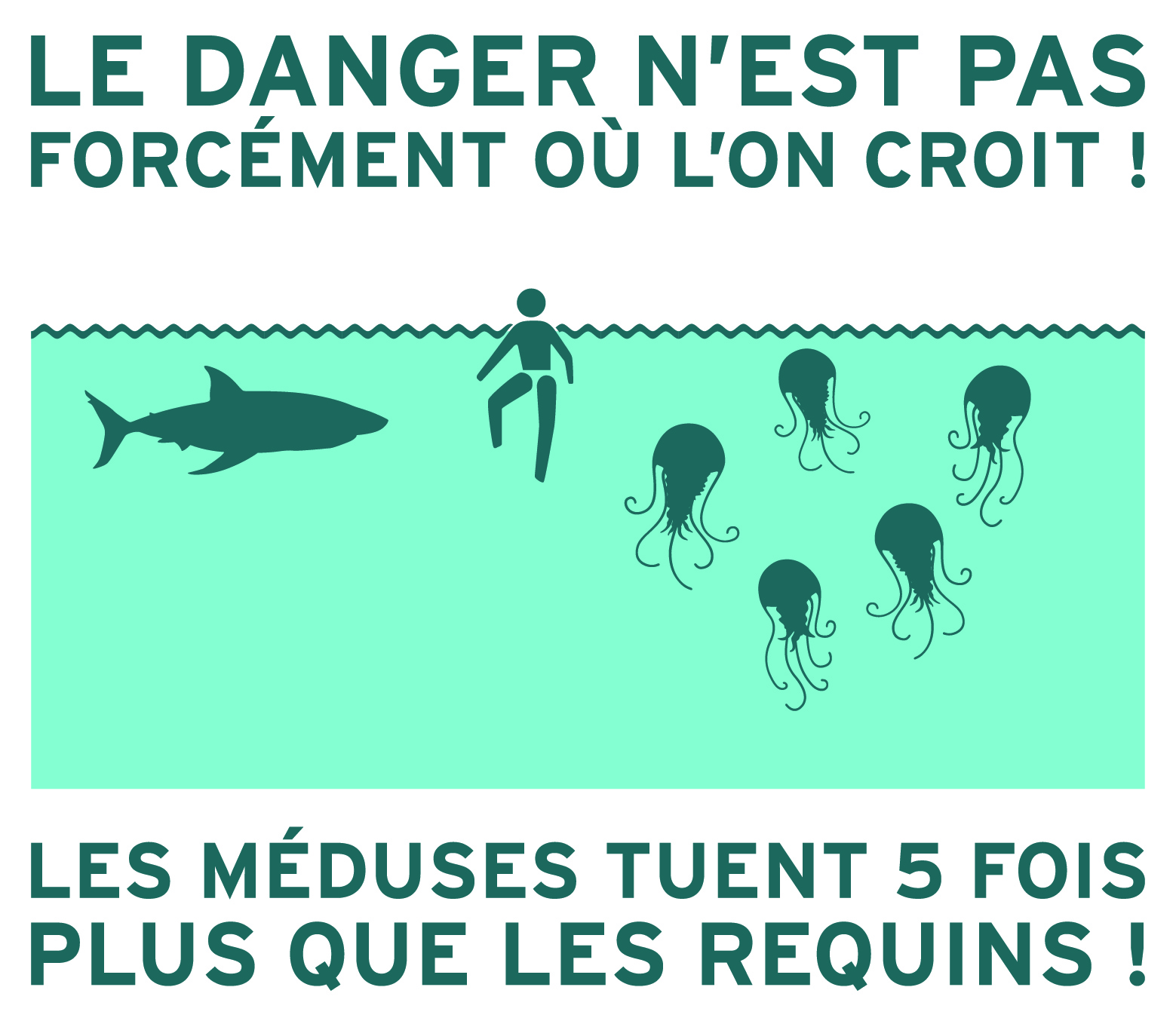
Are all shark attacks fatal?
It is not known why sharks sometimes attack humans. A misunderstanding or a defensive reaction is often cited. It is also possible that the shark may see humans as potential prey, even if they are not part of its usual diet.
Given the size and strength of a human being and a shark, a bite, even if it is the result of a mistake, can be serious and even fatal for the victim.
The few dozen attacks that occur each year around the world do not always result in death. In terms of dangerous animals, mosquitoes are the most dangerous serial killers. Even dogs, which are domestic animals very close to humans, kill more than sharks.
Attacks under high surveillance
The first global shark attack file, theInternational Shark Attack File (ISAF), was created in the United States in 1958.
Developed by a group of scientists at the request of the U.S. Navy, its objective was to investigate the respective roles of environmental factors and victim characteristics in triggering attacks.
The impact of shark accidents on the tourism industry has led to the creation of new research structures and databases: the Australian Shark Attack File in Australia and the Natal Sharks Board in South Africa, which now make it easier to compare shark attack figures.
In 2013 and 2014, under the impetus and chairmanship of H.S.H. Prince Albert II of Monaco, the Oceanographic Institute organised two international expert workshops on sharks to create a ” Shark Risk Toolkit “. Its objective: to bring together existing solutions around the world to protect against shark attacks, while putting into perspective the reality of the risks incurred by humans.
Protecting and conserving sharks: a worldwide emergency
Sharks are victims of fishing and bad practices. The industrialization of fishing and man’s voracious appetite for shark products mean that 50 to 150 million of these animals are killed each year by man.
The late sexual maturity of sharks and the low number of offspring are limiting factors in the renewal of their populations, and today shark populations are clearly threatened.
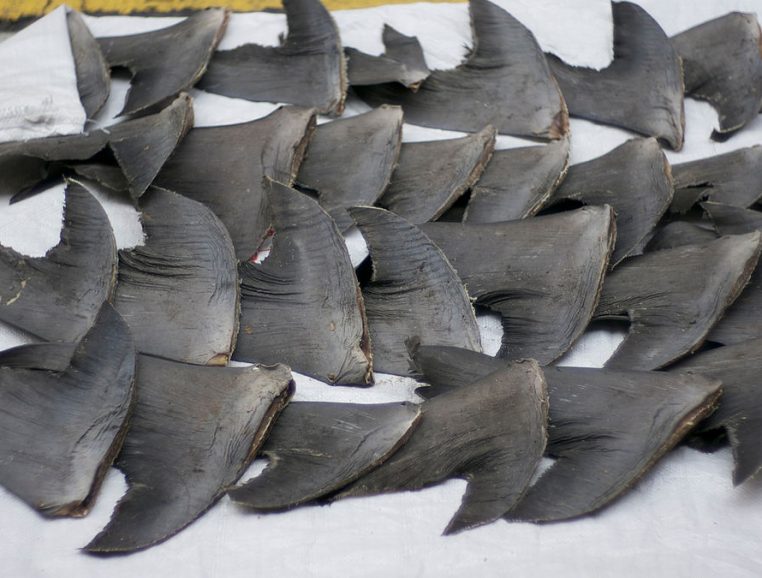
The horror soup
More than two-thirds of sharks are harvested solely for their fins. To satisfy the growing demand, some fishermen have found an extremely profitable solution, which consists in cutting off the fins on the spot and throwing back into the sea an animal that is condemned to death anyway. This is called “finning”.
Of the 100 million sharks killed each year, 73 million are killed for soup. Some countries prohibit this practice at sea and force fishermen to bring whole sharks back to port, in an attempt to limit the slaughter and not waste this resource.
Shark fin soup is a popular traditional Chinese dish with supposedly aphrodisiac properties. Long reserved for celebratory meals in Hong Kong, where 89% of the population serves it at wedding feasts, it became available to millions of people in the 1990s, following the Asian economic boom.
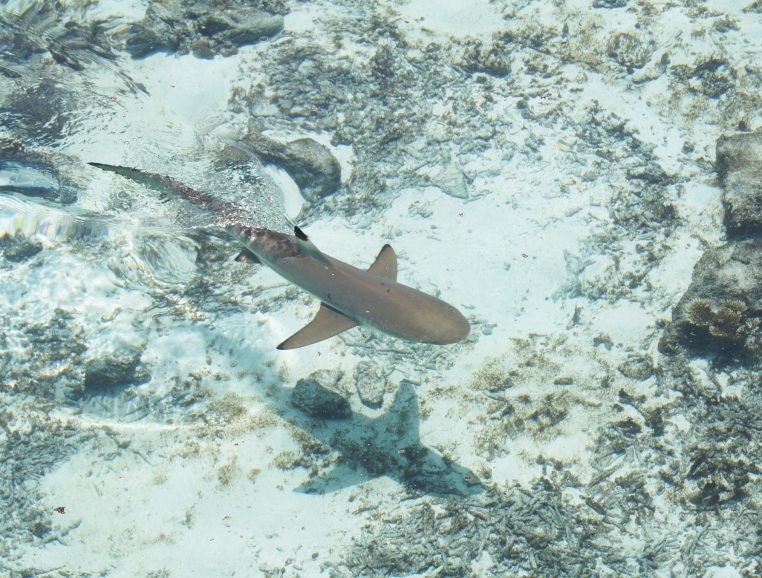
Sharks, essential to the balance of the oceans
Sharks are the keystone of marine ecosystems, ensuring their balance and resilience.
If sharks were to become extinct or scarce, ecosystems would be disrupted and many other species would be threatened by a “cascade effect”.
When a predator disappears, its usual prey grows rapidly and in turn increases the pressure on its prey.
The entire ecosystem is disrupted by the disappearance or depletion of top predators, including the various species of commercial interest.
The fishing industry may therefore suffer from a cull that it caused.
Shark and carbon storage
It has recently been recognized that cetaceans and large pelagic fish such as sharks and tuna play an important role in the climate change issue because of the biomass they represent.
Containing 10 to 15% carbon in their flesh, they sequester a lot of carbon in the ocean. When they die by natural mortality, old age or are eaten by predators, the carbon they contain is recycled into living matter or buried at the bottom of the ocean, sequestered for thousands, even millions of years.
However, when they are fished and extracted from the ocean, the carbon is then put into circulation on the surface of the planet and ends up as CO2, contributing to the greenhouse effect. To this must be added the large quantities of CO2 released by the fishing activities themselves, which are carried out in ever more remote locations.
To combat climate change, some experts advocate restoring fisheries and apex predators, i.e. stop fishing them and just leave them in the water.
Shark protection and conservation: a global emergency
In the past, it was considered that a good shark was a dead shark!
Recent research has highlighted the ecological role of sharks in marine ecosystems.
As predators at the top of the food chain, sharks regulate the prey populations on which they feed.
Overexploitation of these top predators has cascading effects in the food chain that are detrimental to the ecosystem and to fisheries, as it can lead to an outbreak of species undesirable to humans.
Because of their regulatory role, sharks are increasingly being incorporated into fisheries management plans.
